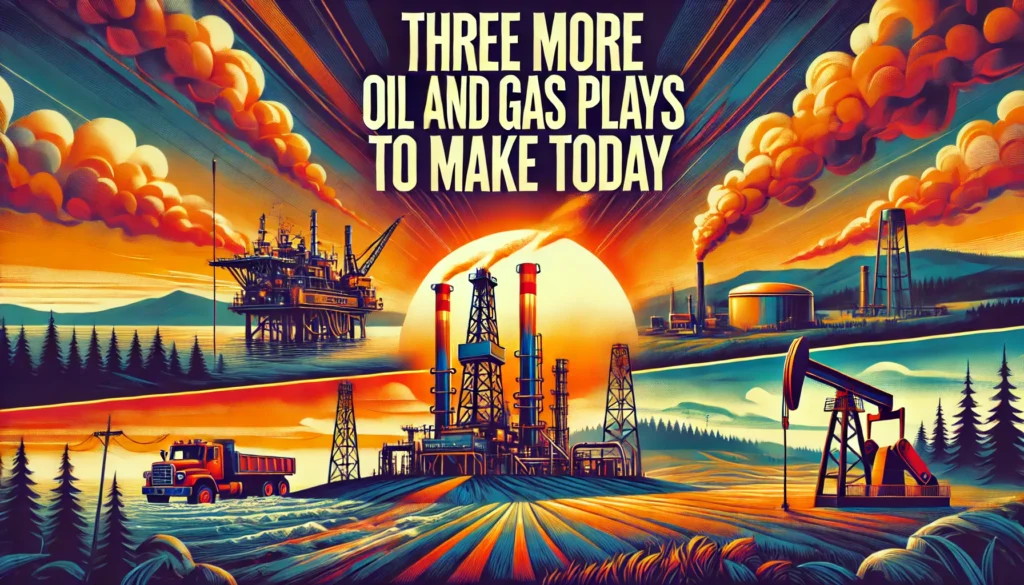- The crude markets remain volatile, but there is opportunity…
- Crack spreads have hit a downward spiral
- Floating storage remains elevated, even with price cuts
Dear Reader,
The crude markets remain very volatile, but they provide us with a ton of opportunities to play energy from the long and short perspective.
We believe the correction to the downside is a bit overstated, but the general trend will be to the downside.
In the very near term, we should see Brent crude bounce from $77 back to $80, before we see the move back to $75 and likely stopping at around $73.
Note:
Brent blend is a type of sweet crude oil that is used as a benchmark for the prices of other crude oils.
This provides a great opportunity to position for the next downswing as pressure mounts on demand.
We have highlighted in the past how difficult it is to truly nail down demand levels, but we are clearly seeing problems emerge when we look at some core leading indicators.
Crack Spreads Have Hit a Downward Spiral
Crack spreads (i.e. how refiners make money) have been in a downward spiral as crude and products on the water surge.
“On the water” includes oil transiting in tankers from producer to consumer and oil stored on a tanker (also known as floating storage).
An interesting fact here – we have a RECORD amount of crude oil in transit (above 2020 levels), while still having a very elevated amount of crude in floating storage.
This is significant for several reasons:
1) Crude in transit can originate from floating storage – when something in floating storage is sold, it starts sailing towards its final destination, changing how we categorize it.
2) If there is so much crude in transit, there is no need to purchase additional cargoes in storage.
3) As shipments in transit get to its location, it will transition to floating storage
Each of these points to a breakdown in demand, which is supported by softness in physical spreads.
There Is No Shortage of Crude, However All Crude Is Not Created Equal
When we put all of these facts together, there is no shortage of crude available for the global market.
There is a significant amount sloshing around, but not all crude is created equal.
Even with these levels available, we are seeing premiums for heavier grades – especially ones that have an elevated distillate cut.
This is only leading to further degradation of crack spreads for refiners around the world – especially the U.S. Gulf Coast and Southeast Asia.
Russian crude that can no longer flow by pipeline has to find a home on the water.
So you can think – well Russian crude is flowing to Asia and not Europe, therefore Europe should be buying more.
However, when we look at European purchases, they are very lackluster given the economic pressure within the region.
This means that U.S., CPC, and Libyan volumes are sufficient to meet their reduced demands.
Floating Storage Remains Elevated
Between China and Europe (main buyers of West Africa), there is no real buyer for Angola and Nigeria cargoes, which has caused floating storage to remain elevated.
The lack of sales is also happening with broad price cuts and VERY reduced production levels.
We (finally) saw some purchases of Angola cargoes pick-up slightly when distillate heavy crude demand picked back up and buyers refused to pay Saudi prices.
The next closest crude quality is Angola, and even with that need – Angola cargoes weren’t able to get any type of premium.
Thanks for reading,
Freedom Financial News



